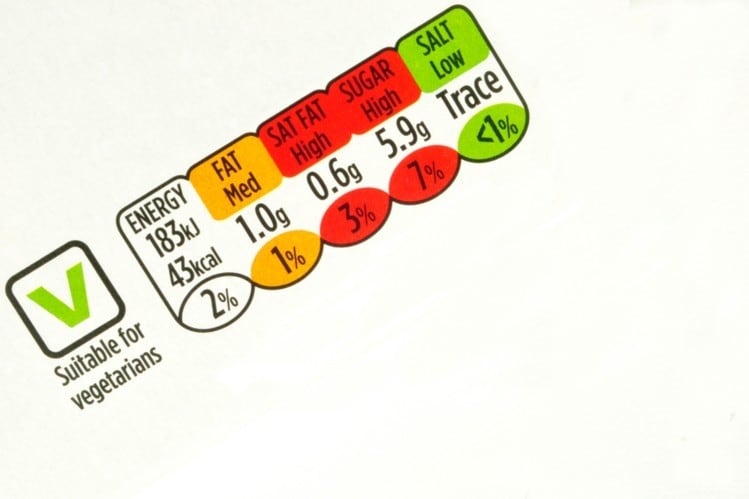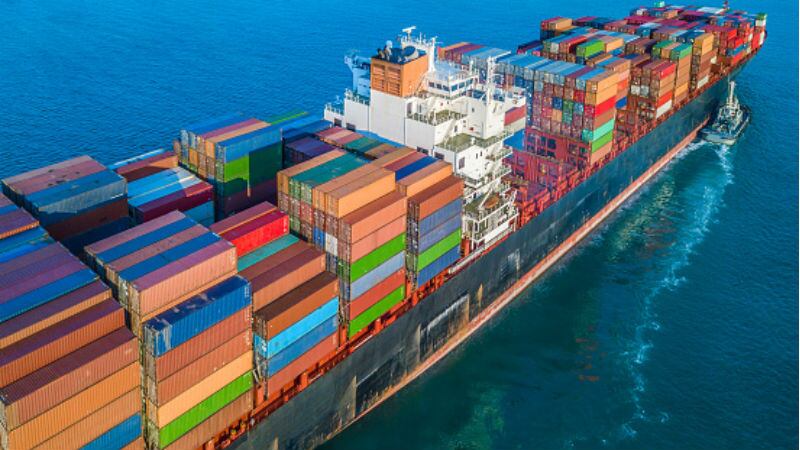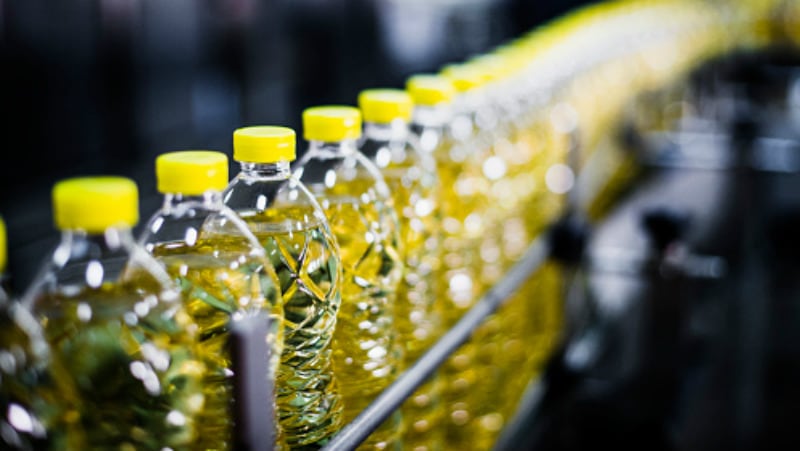The Food Safety and Standards (Labelling and Display) Regulations, 2019 has been moved forward from its stakeholder-debate phase earlier this year in March with the majority of proposals put forth then being included in the new regulations draft.
As per the draft, all packaged food labels would need to include the product’s name, a vegetarian vs non-vegetarian declaration, and information on its per serve contribution of energy, saturated fat, trans fat, added sugar and sodium to Recommended Dietary Allowances (RDA).
This information would need to be declared on front-of-pack in a Principal Display Panel. Of particular concern to the industry currently is the introduction of colour-coding for the ‘blocks’ representing the nutrients mentioned above.
‘The block(s) of nutrient(s) for HFSS foods shall be coloured ‘RED’ [if the energy (kcal)] from added sugars is more than 10% of that from 100 g/100 ml of the product; energy from trans-fat is more than 1% from 100 g/100 ml,” said FSSAI Chief Evecutive Officer Pawan Agarwal.
“[The same will apply if the] saturated fat or sodium content [in] 100 g/100 ml of the product [above that of] threshold values.”
Implementation would take place in a phased approach over three years from when the regulations are approved.
“The idea behind the new labelling regulations is to enable citizens to know more about the composition of food products, so that they can make informed choices,” said Agarwal.
According to Financial Express, the regulations have been deemed a ‘wrong move at a wrong time’ by National Federation of Cooperative Sugar Factories (NFCSF) Managing Director Prakash Naiknavare – who also claimed there is no evidence that sugar consumption is unhealthy.
“The industry currently has its back against the wall with a record inventory of the previous season and the current season and there are no sales happening. There is no lift in the market,” said Naiknavare.
“[There] is no evidence to suggest that the consumption of sugar is harmful - anything consumed in excess is harmful and in a poor country like India, sugar is the cheapest source of energy. One cannot club (sic) sugar in the same class as alcohol, cigarettes and white cocaine.”
President of the All India Food Processors’ Association (AIFPA) Subodh Jindal concurred, saying that the regulations were not ‘scientific or practical enough to be implemented’.
“The salt, sugar and fat content of packaged food depends on the taste requirement of the consumer and is not manufacturers’ choice,” he told The Economic Times.
“[The authorities] should instead focus on awareness generation [about] balanced diet and suitability of different foods as per one’s lifestyle. Most food companies have also given various alternatives to consumers and it is a decision of the consumer to choose a suitable version.”
That said, Hindustan Unilever has expressed its support for the new regulations, saying that its product portfolio already carried ‘full nutrition labelling in line with local regulations’.
"We are strongly in favour of a FOP labelling scheme where the underlying nutrient profile is based on portions," said the company.
Accorting to Hindustan Unilever’s website, it declares product information on ‘Big 8’ nutrients (energy, protein, carbohydrates, sugars, fat, saturated fat, fibre and sodium or salt, and nutrients for which a claim is made) back-of-pack, as well as for trans fat in India.
Currently, only energy content information is available as a front-of-pack icon, shown as a percentage contribution or absolute quantity.
The regulations draft is now open for perusal on the FSSAI website, which will accept suggestions or objections until July 31 this year.
More Principal Display Panel requirements
Very detailed specifications were laid out for the Principal Display Panel, particularly with regard to its size and the size of text fonts to be used.
“For rectangular packages, the panel area shall be no less than 40% of the product’s largest surface area. For [cylindrical/round/oval] packages, this shall be 40% of the product’s height multiplied by its average circumference,” said Agarwal.
“For packages of any other shape, [this shall be] 20% of the total surface area of the package. Packages with a capacity of 10cm3 or less must have [the panel card/tape] affixed firmly.”
Differently-sized panels would also need to adhere to different text font sizes, which would also differ according to whether this was printed or blown/formed/moulded/perforated on the relevant container (larger fonts required for the latter).





